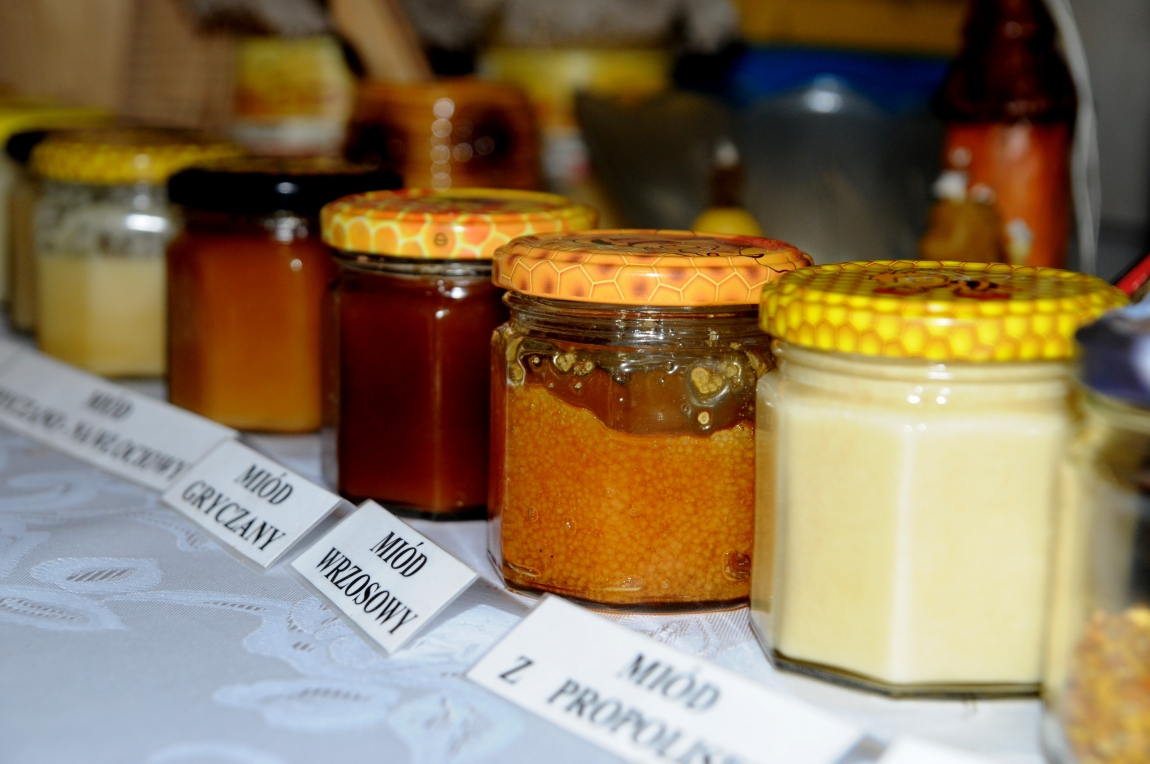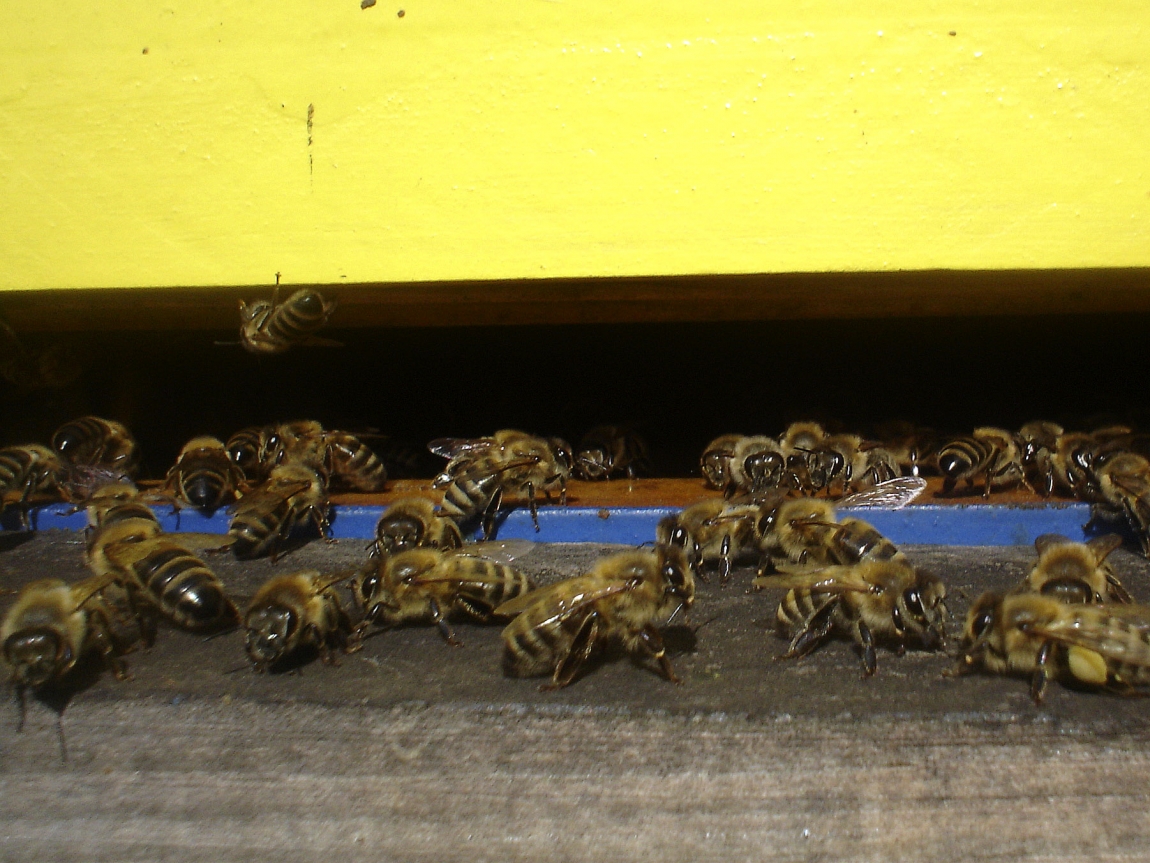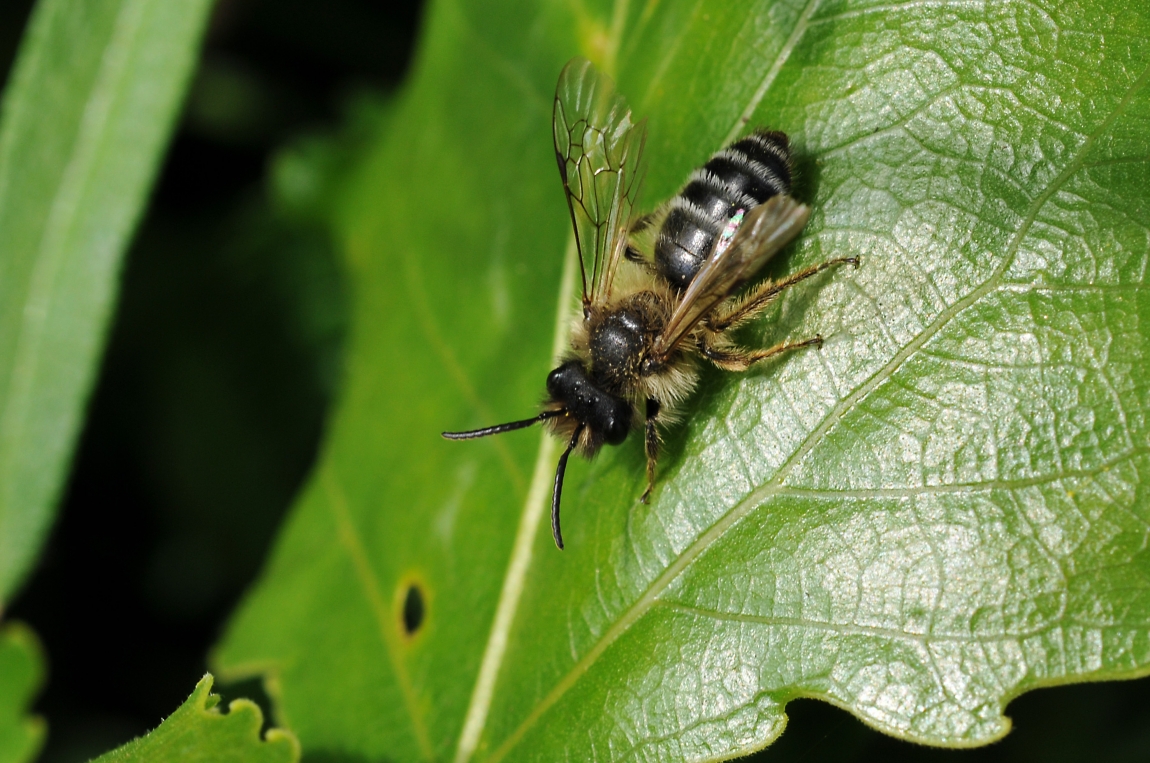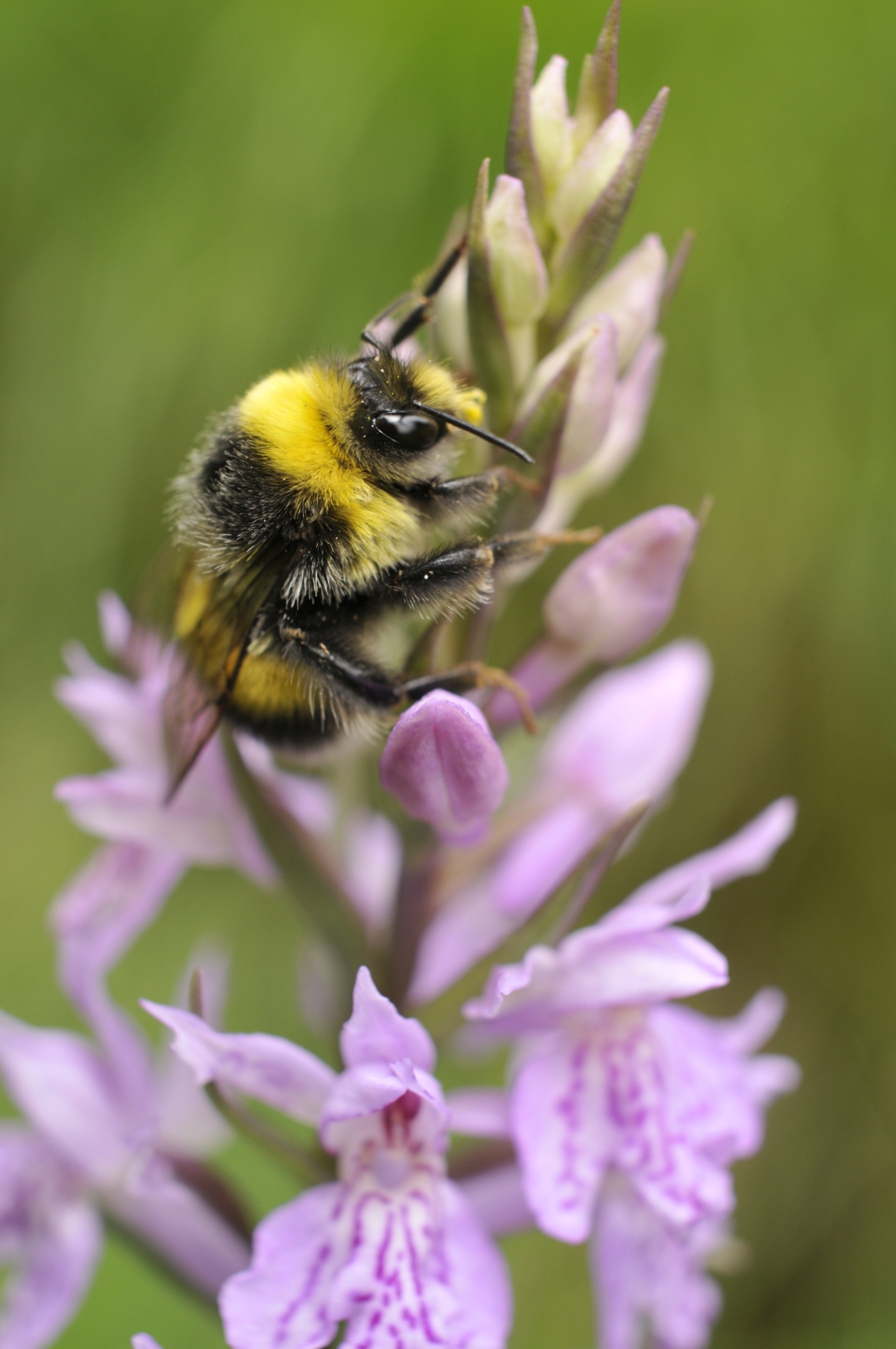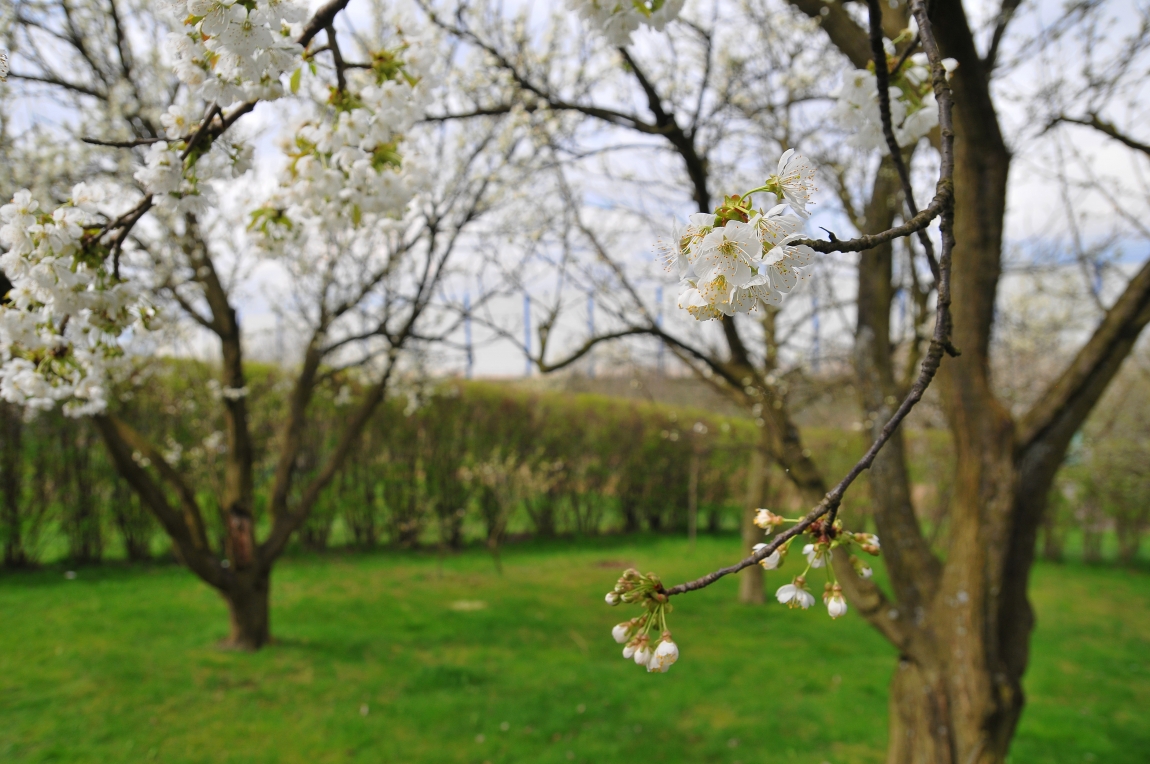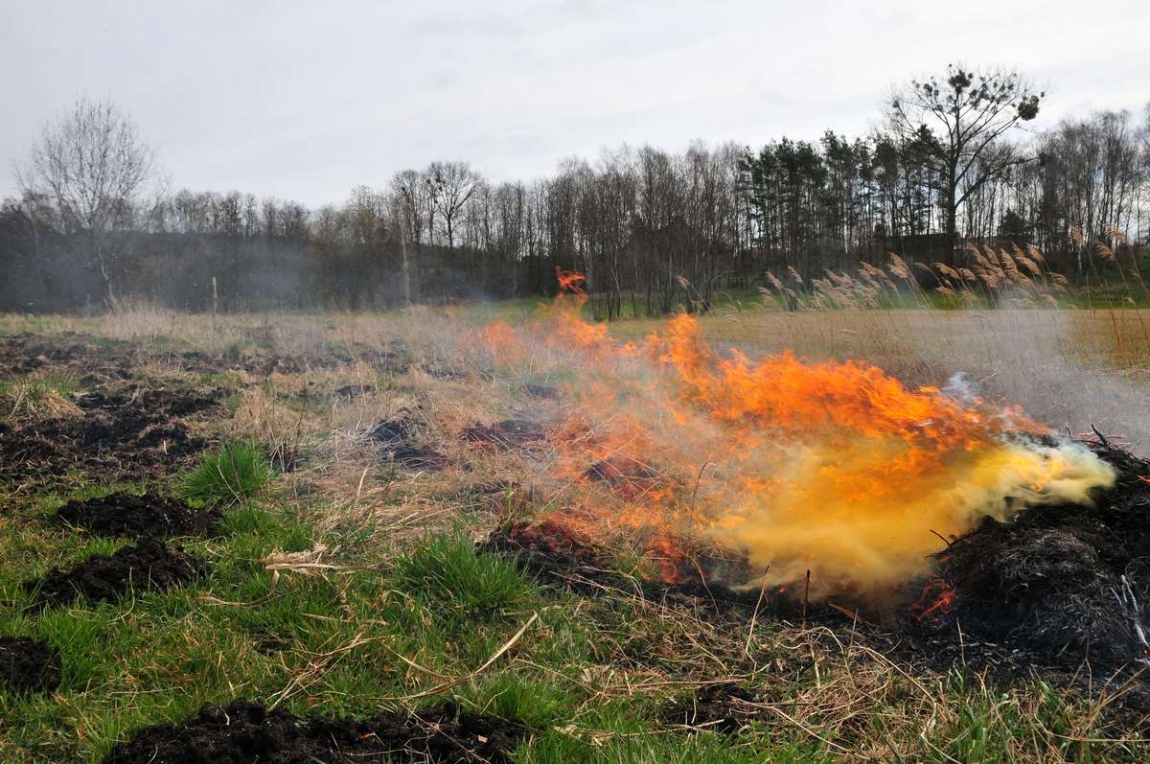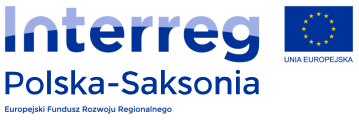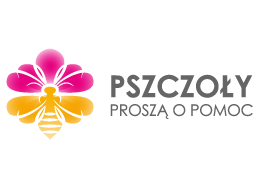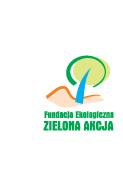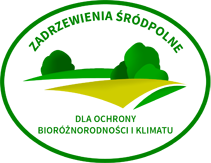direct products of worker bees’ organisms
bee venom
bee milk
bee wax
produced by bees from the materials collected from the environment:
honey
propolis
pollen (in form of pollen loads and propolis)
The most widespread and well-known product is the honey that human obtains from several thousand years.
Honeys can be divided into 3 types:
nectar honeys
honeydews
mixed honeys (honeydew-nectar or nectar-honeydew, depending on the share of honeydew and nectar
Honey from the combs is recovered in liquid form, which is called strained honey. However, almost every honey crystallizes over time, taking the constant form.
The process of crystallization of honey is a natural step in the maturation of honey and it has nothing to do with his counterfeiting. The speed of this process depends on the quantitative ratio of glucose to fructose in honey (the more glucose, the faster crystallization). The color of honey nectar can be from almost white (rape honey), through light yellow (e.g. lime) to brown (buckwheat). In turn, honeydew honey is dark until almost black with a greenish tinge. The honey is dominated by simple sugars which are easily available source of energy - 100 g of honey is 320-330 calories, but it does not contribute to an increase in body fat among consumers. In honey there are approximately 50 aromatic compounds. The nutritional value of honey depends on the raw material from which it was made and the processes to which it was subjected before consumption. Honey has very beneficial effect on the heart, especially rape one, it also has detoxifying properties and is gentle to the liver. Buckwheat honey improves the function of the digestive system, circulatory and urinary tracts, also improves memory. In turn, linden honey has antibiotic and anti-fever effect, it helps you fall asleep, stabilizes blood pressure. Generally bee honey has many positive qualities. However, to maintain them, honey should not be heated above the temperature of 48-49oC, because it leads to the loss of any biological properties and honey becomes a sweetener.
A very important product from the point of view of the consumer is bee pollen, which is very rich in:
• macro- and microelements,
• highly valuable protein,
• amino acids
• enzymes,
• hormones (acetylcholine)
• vitamins, in particular B1, B2, B3, B6, B12, PP, P, C, D, K, and many others.
All of this is in the very well absorbed by the human body form. Bee pollen just comes into the bee hive in the form of pollen loads (small pellets) which are stored in the honeycomb through the tamping into the bee pollen, and the cells are pushed out of the air and coating a thin film of honey fixed anaerobic conditions. Thereby, process of lactic acid fermentation occurs, which results in propolis that in comparison to fresh pollen contains more substances of an acidic nature and has a higher digestibility.
Pollen basket and propolis are recommended in order to:
• strengthen the immunity,
• regulate metabolism and treatment of gastrointestinal diseases (e.g. Ulcers).
• enhance the appetite,
• improve bowel function.
Propolis (bee putty) is used by bees to create the hive blockages in all the holes through which bees are not able to go. It is produced by bees from tar, resin and balsamic substances derived from plant buds. It is important in maintaining hygiene in hives, by its properties:
• bacteriostatic
• bactericides
• protozoonicidal,
• fungicides.
It is recommended for use as an antiseptic for wounds and reinforcing immunity. From the propolis it is produced mainly from 3% or 5%, 7% or 10% of alcoholic extract (EEP), and on its basis - ointments, creams, powder or pills. In its composition it additionally contains minerals, proteins, waxes, and vitamins E, H, P and B.
Bee venom is used to produce ointments for chronic wounds because, like propolis, it possesses lethal properties to microorganisms. Very good reinforcing effect has the application of bee venom for diseases associated with the skeletal system, including arthritis or rheumatism. This property of bee venom is known from ancient times. Currently, bee venom is used in desensitizing therapies by appropriate dosing. Treatment can be done in two ways: directly, or through the stings of bees under controlled conditions or indirectly, that is properly prepared formulation based on bee venom.
For decades, there are known also prophylactic properties of royal jelly, which is a secretion from throat glands of young honey bee workers. This secretion is used by bees as food for young larvae and the bee queen during oviposition.
Royal jelly contains:
• proteins,
• fats,
• carbohydrates,
• vitamins,
• minerals, which are in the easily digestible form.
Additionally, it has bacteriostatic properties. Currently, it is very often used in cosmetics as an additive increasing the nutritional properties of creams or masks. A very beneficial effect on skin condition, regulates the immune system, particularly when taken in the form of tablets or capsules.
Bee wax is a product that is used in many directions in general cosmetics. In cosmetics for humans, e.g. in many creams and lotions for the body it is a carrier and agent protecting against loss of water and providing minerals. It is used as a basic ingredient of cosmetics for care of furniture, ceramics, upholstery and leather clothing (elasticity and shine). In the automotive industry it is used as the main component paste for polishing of bodywork (polishes and preserves paintwork). In the pharmaceutical industry bee wax it is also used as a component of soothing plasters and ointments. Currently, candles are made from wax (mostly ornamental) that ionize the air during combustion negatively (it is very beneficial to the respiratory system) and due to the high content of oils emit a pleasant honey and wax smell.
All products derived from honey bees have very valuable biological properties because they are used for hundreds (and perhaps thousands) of years in apitherapy in the treatment of various diseases and disorders.


